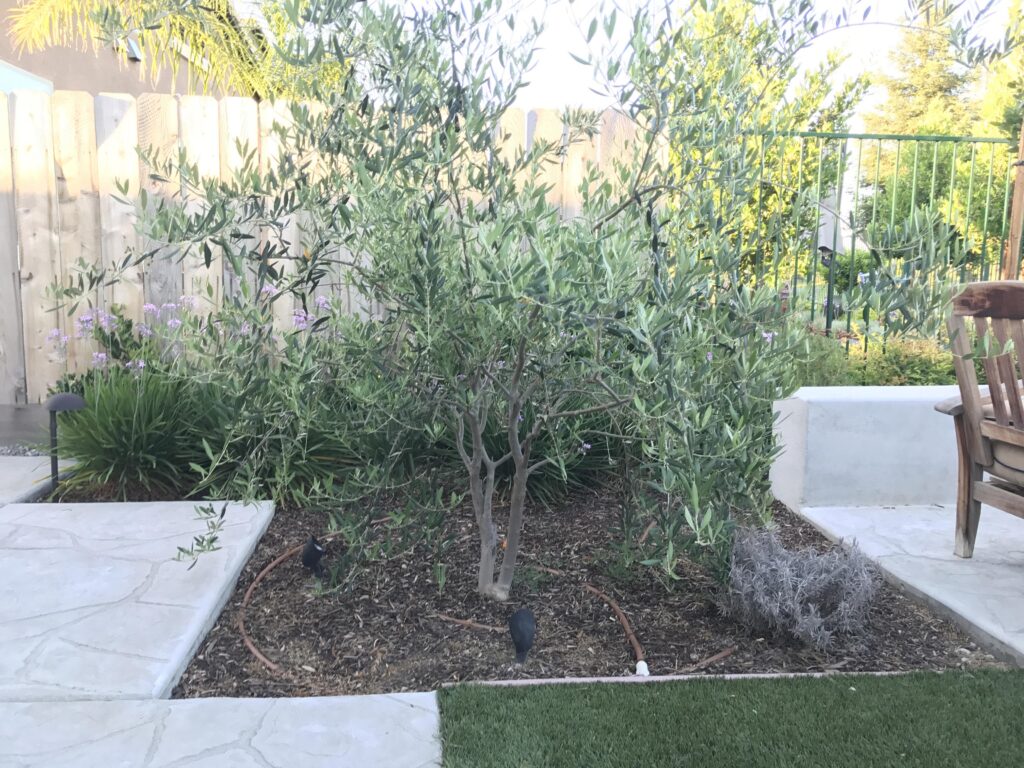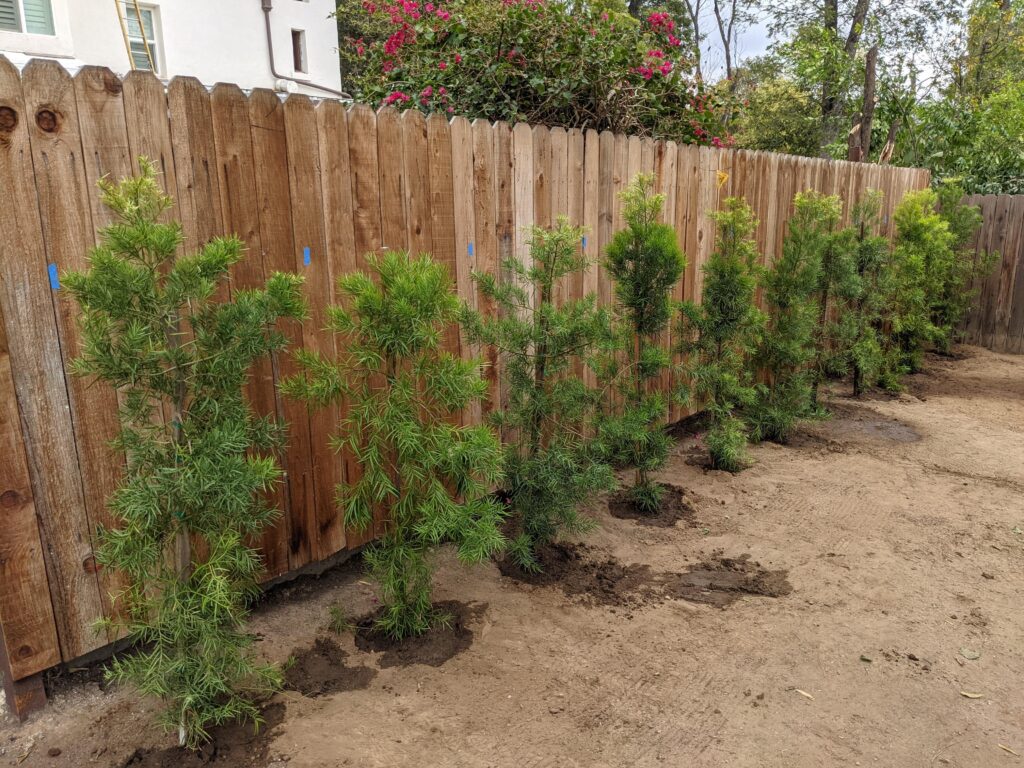Growing trees in raised beds offers gardeners a unique way to add height and structure to their outdoor spaces. Raised beds provide excellent drainage and soil control, making them ideal for trees that require specific growing conditions. When choosing trees for raised beds, it’s crucial to consider factors such as mature size, root system, and compatibility with the limited soil volume.
The best trees for raised beds are typically compact or dwarf varieties that can thrive in confined spaces. Some trees may need regular pruning to maintain their size and shape within the raised bed environment.
This article presents 6 of the best trees suitable for raised beds, each selected for its ability to flourish in these conditions while providing visual interest and potential benefits like shade or fruit production.
Dwarf Japanese Maple
The Dwarf Japanese Maple exhibits an amazing range of seasonal variations, with its leaves turning red, orange, and yellow in the fall. This tree grows slowly, typically reaching a height of 6 to 8 feet, which makes it perfect for small gardens or as a feature element in larger landscapes. These trees can easily adapt to a variety of temperatures, making them suitable for U.S. Hardiness Zones 5 through 8.
Olive Tree
The olive tree is a popular choice in temperatures that resemble the Mediterranean since it thrives in US Hardiness Zones 8 through 11. This tree can be planted in regions where deer and rabbits frequently pose a hazard to other plants because of its reputation for resistance to these animals. Olive trees’ durability and lifespan are also attributed to its deep, wide root system, which facilitates more effective access to water and nutrients.
Dwarf Lemon Tree
Because dwarf lemon trees enjoy warmer conditions, they are frequently cultivated in US Hardiness Zones 9–11. These trees develop at a moderate pace, and for best health, they usually need full sun and frequent irrigation. Well-liked cultivars such as ‘Improved Meyer’ are a popular choice among home gardeners because of their great disease resistance and juicy, tasty fruit.
Topiary Trees
Topiary trees are known for their high maintenance requirements, needing regular pruning to maintain their intricate shapes. Popular kinds include Holly, which is frequently used for its sturdy, evergreen leaves, and Boxwood, which is renowned for its dense foliage and capacity to take on many forms. Depending on the species, topiary trees’ US Hardiness Zones can vary greatly, although many of them flourish in Zones 5-8, making them adaptable to a variety of climates.
Dwarf Apple Tree
Because of their reputation for resilience to disease, dwarf apple trees are a low-maintenance choice for home gardeners. Early spring, when the soil is workable and free of frost, is the ideal time to plant. Its slow growth rate enables consistent fruit development in a few years. Well-known types such as ‘Fuji’ and ‘Gala’ provide crisp, delicious apples that are suitable for varying climates and palates.
Citrus Trees
In order to flourish, citrus trees need full sun and well-drained soil. They are typically planted in the spring. ‘Meyer’ lemons and ‘Valencia’ oranges are popular kinds that are easy to grow and have sweet fruits. These trees can attain maximum fruit output in three to five years and typically develop at a modest rate. They can firmly establish themselves thanks to their robust root systems, which lowers the possibility of damage from strong winds.





